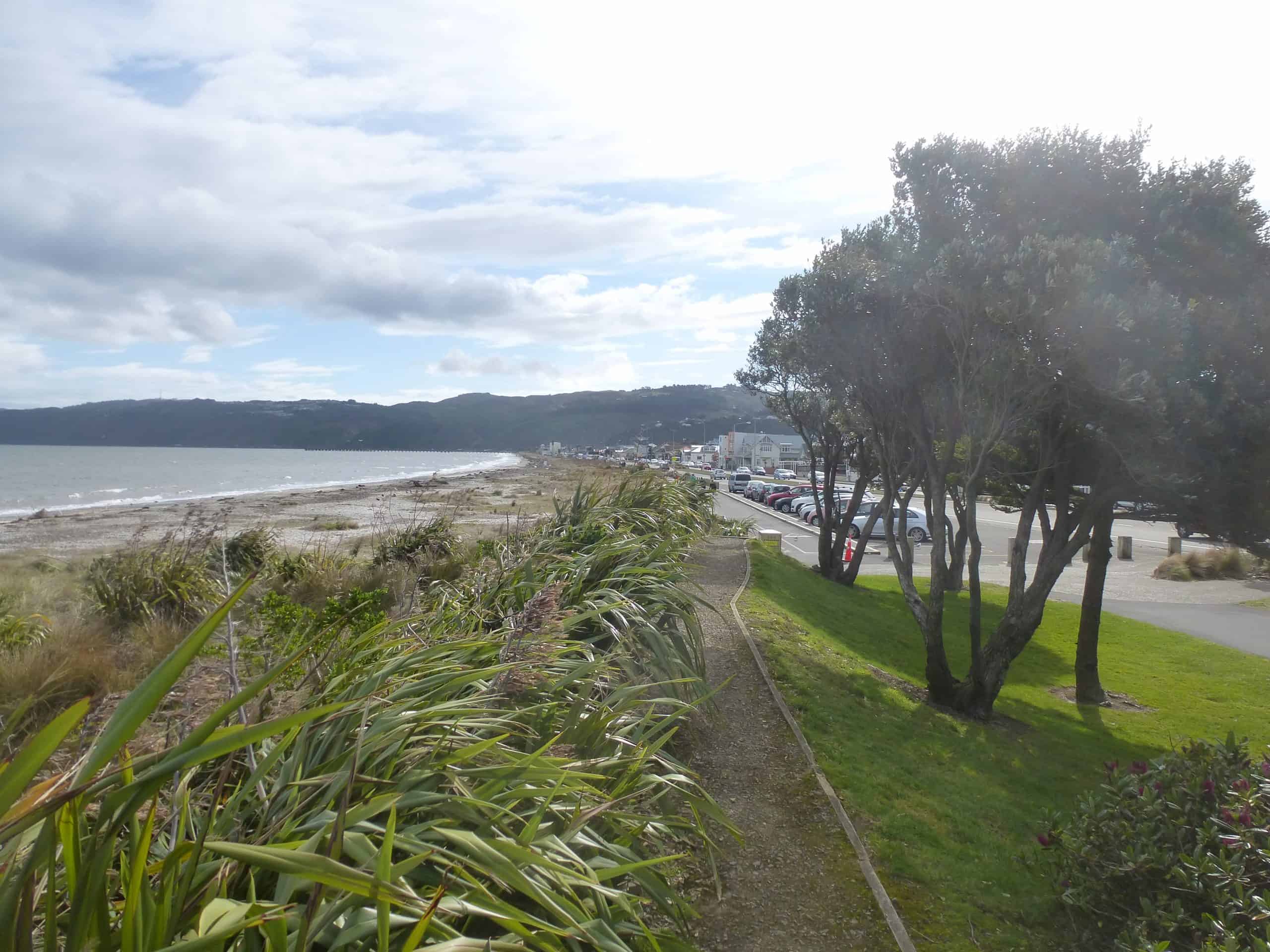The retreat of ‘two waters’ infrastructure in Petone
May 2020
By Rick Kool
From the Netherlands to Petone…
I’m originally from the Netherlands where a large part of the country is under sea level, so waterhas always been an important part of my life. I studied my Civil Engineering degree in the southwest delta of the Netherlands, well known for their delta works. During this time I got involved in nature-based solutions and through projects in Southeast Asia learned about the continuously increasing challenges faced due to climate change.
I studied for my Masters in Civil Engineering at the Technical University of Denmark, and when researching a MSc thesis project I found the Resilience Challenge, and the extensive research on New Zealand’s coastal hazards. Realizing I was more interested in the application of coastal engineering principles as part of an integrated strategy, especially in the context of climate change, I read about the concept of Dynamic Adaptive Pathway Planning (DAPP). Thanks to the efforts of Dr Judy Lawrence and Dr Rob Bell we made arrangements for me to carry out my thesis project in New Zealand. This provided me with a unique opportunity to combine my technical knowledge relating to climate change adaptation of infrastructure, with a more long term, scenario-based planning perspective.
Two waters infrastructure in Petone, Lower Hutt
The research investigated the retreat of ‘two waters’ infrastructure (wastewater and stormwater) by using a DAPP approach to frame retreat over different sea level rise increments. The study area was Petone in Lower Hutt, where drainage infrastructure is increasingly facing climate change induced hazards due to sea level rise and increased frequency of heavy rainfall events. This raises the issue of how local government can maintain levels of service for the two waters as the impacts of climate change worsen over the coming decades and beyond.
Using a DAPP approach to frame the retreat of two waters we were able to conceptualize how this could be managed spatially across the study area. In order to investigate two water infrastructure exposure in the area and consider possible adaptation options to maintain levels of service, we organized a workshop with various experts.
Water sensitive urban design (WSUD) options were integrated into adaptation portfolios to extend retreat thresholds and create amenity for the community by repurposing the area after retreat is initiated. These WSUD options usually require more space and could therefore be implemented post retreat. This scenario-based, spatially phased out approach to two water infrastructure retreat resulted in a ‘framework’ where the methodology used in this study is outlined for future use to approach retreat of two water infrastructure in a coastal setting.

Further Steps
After graduating the plan was to travel in my van around New Zealand. However upon finishing my thesis the COVID situation escalated. Luckily enough I was offered a place to stay in Castlepoint with a friendly local family for the isolation period, and I’m now looking forward to traveling, surfing and experiencing more of this beautiful country.
Acknowledgements
The research would not have turned out the same way without the support of the stakeholders. Therefore a big thanks to the people at Wellington Water and NIWA, and to my supervisors Judy Lawrence, Rob Bell and Martin Drews and to the Resilience National Science Challenge for supporting the research.




